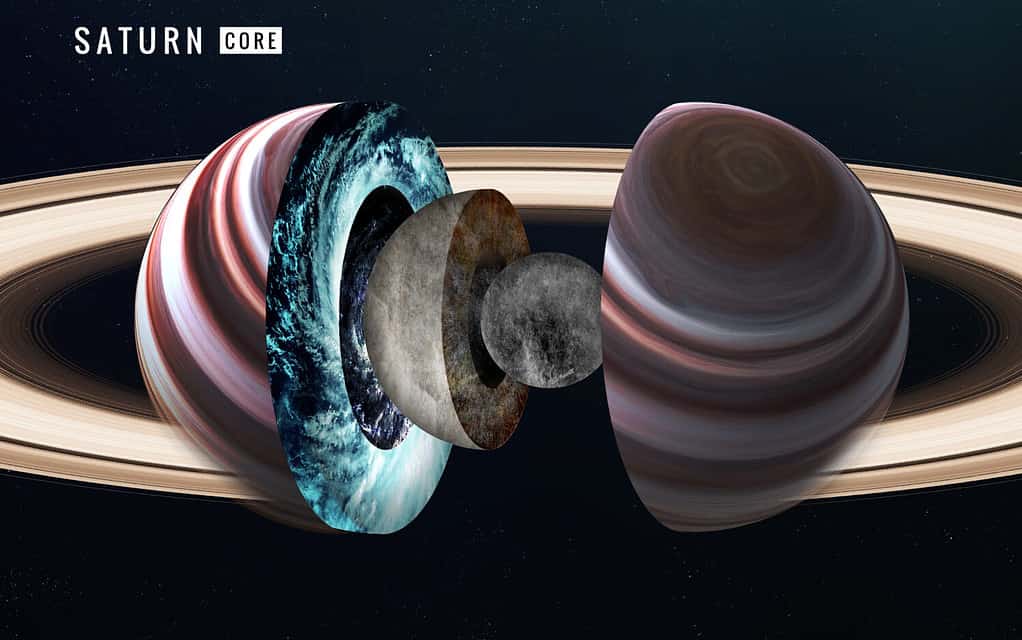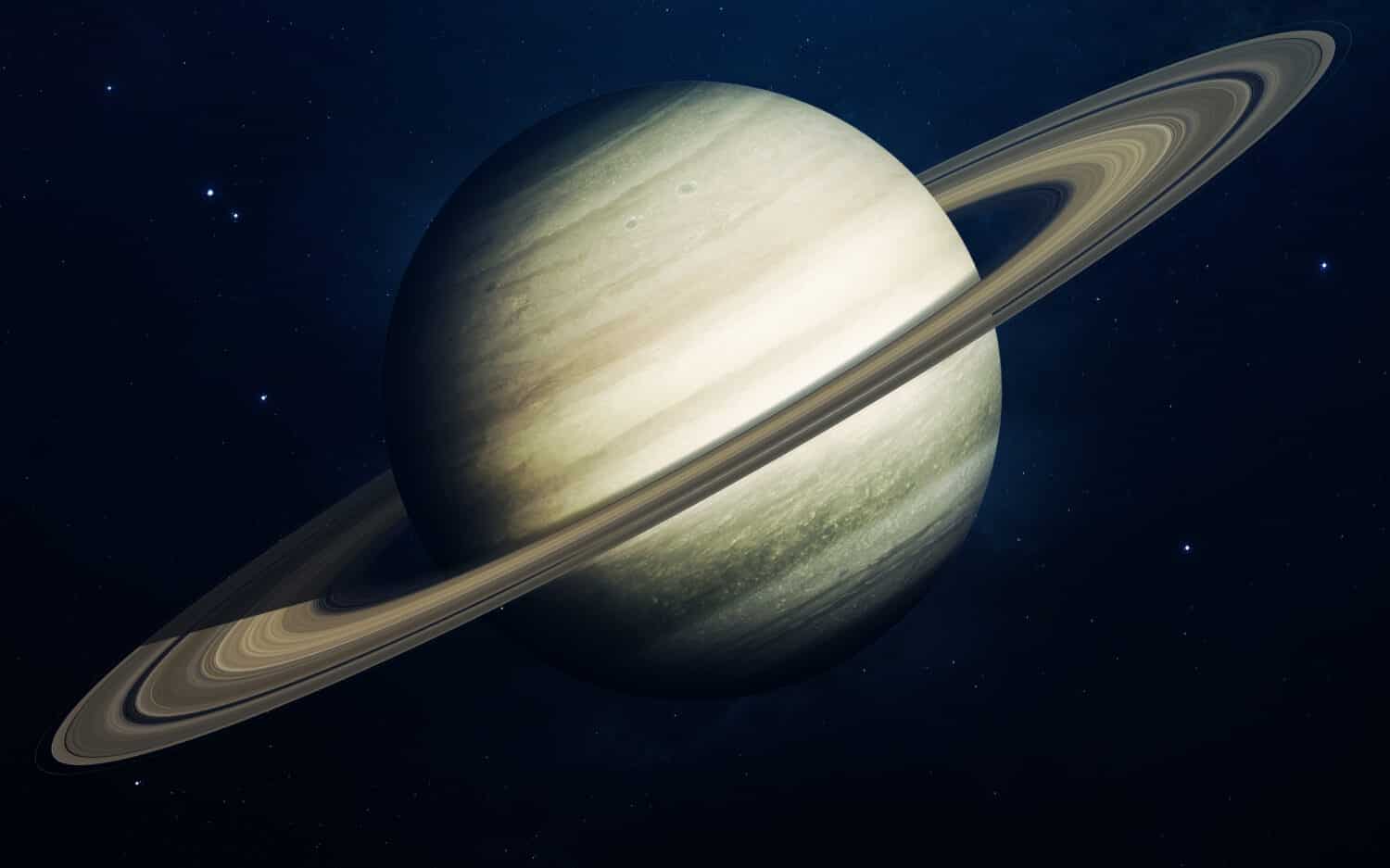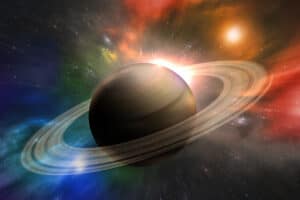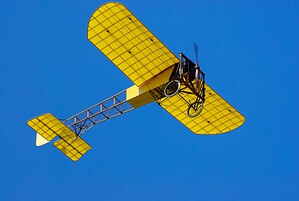This stunning clip is a video produced by the powerful James Webb Space Telescope. It shows that outer space can be both beautiful and fascinating at the same time. It captures a cooling period on Saturn as the planet heads into a seven-and-a-half-year-long autumn season. These images were captured in November 2022 by a team from the University of Leicester in the UK. The cooling was caused by a reversal of airflow direction. Scroll down to marvel at the full stunning clip.
What We Know About Saturn
Saturn is a gas giant planet and is the sixth planet from the sun. It is easily identifiable by its icy rings. Some other planets have rings but none of them are as impressive as Saturn’s. They are made up of bits of ice, rock, and dust. This planet is the second largest planet in the solar system second only to Jupiter. It is essentially a massive bowl of mainly hydrogen and helium. Therefore, we would not be able to stand on Saturn even if we could get there! Interestingly, it is very windy on its surface with gusts reaching 250 mph.
This amazing planet experiences seasons because it is tilted at 26.7 degrees about the sun. Because it has a much wider orbit compared to the Earth, its seasons last much longer than ours do. It takes 29.4 Earth years to orbit the sun and the seasons last years not months. However, it spins on its axis very fast, and a day only lasts for 10 hours and 14 minutes.

Saturn is made up of mainly hydrogen and helium.
©Vadim Sadovski/Shutterstock.com
What the Telescope Footage Shows
The video shows the thermal emissions at the planet’s North Pole represented by the bright blue color. Yellow represents the warmer parts of Saturn’s atmosphere. The purple areas represent the cooler and darker parts of the planet’s atmosphere. It is also easy to see Saturn’s rings. In the animation, physical light observations are also shown and act as a background to the telescopic images.
The footage captures a 932-mile-wide polar cyclone that’s evident at Saturn’s north pole! Around this, there is a region of warm gases as they gather during the spring in the northern hemisphere of the planet.
Saturn was an appropriate early testing challenge for the James Webb Space Telescope. The 10 billion dollar equipment was challenged by the bright rotating planet. Planning for capturing these images has taken around eight years and the results are a career highlight for many of the scientists working on the project!
Watch the Stunning Footage Below
Thank you for reading! Have some feedback for us? Contact the AZ Animals editorial team.








